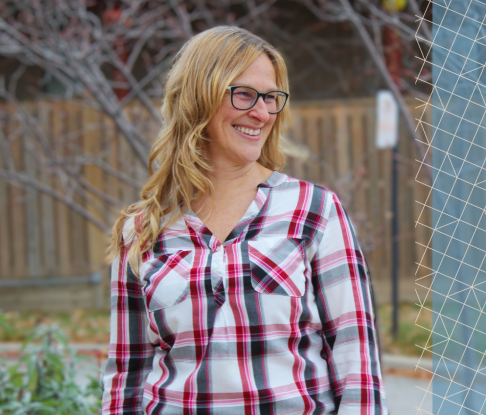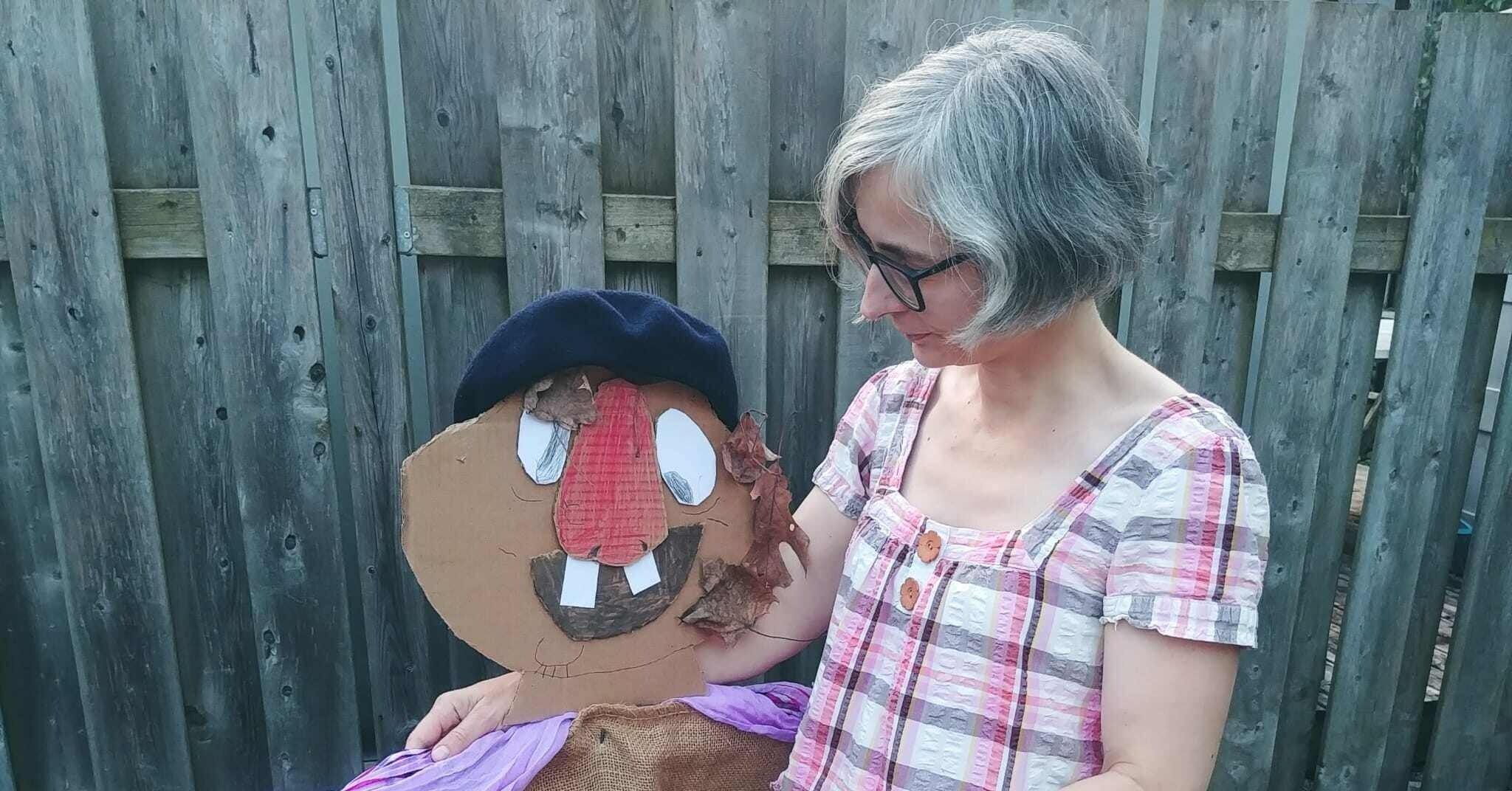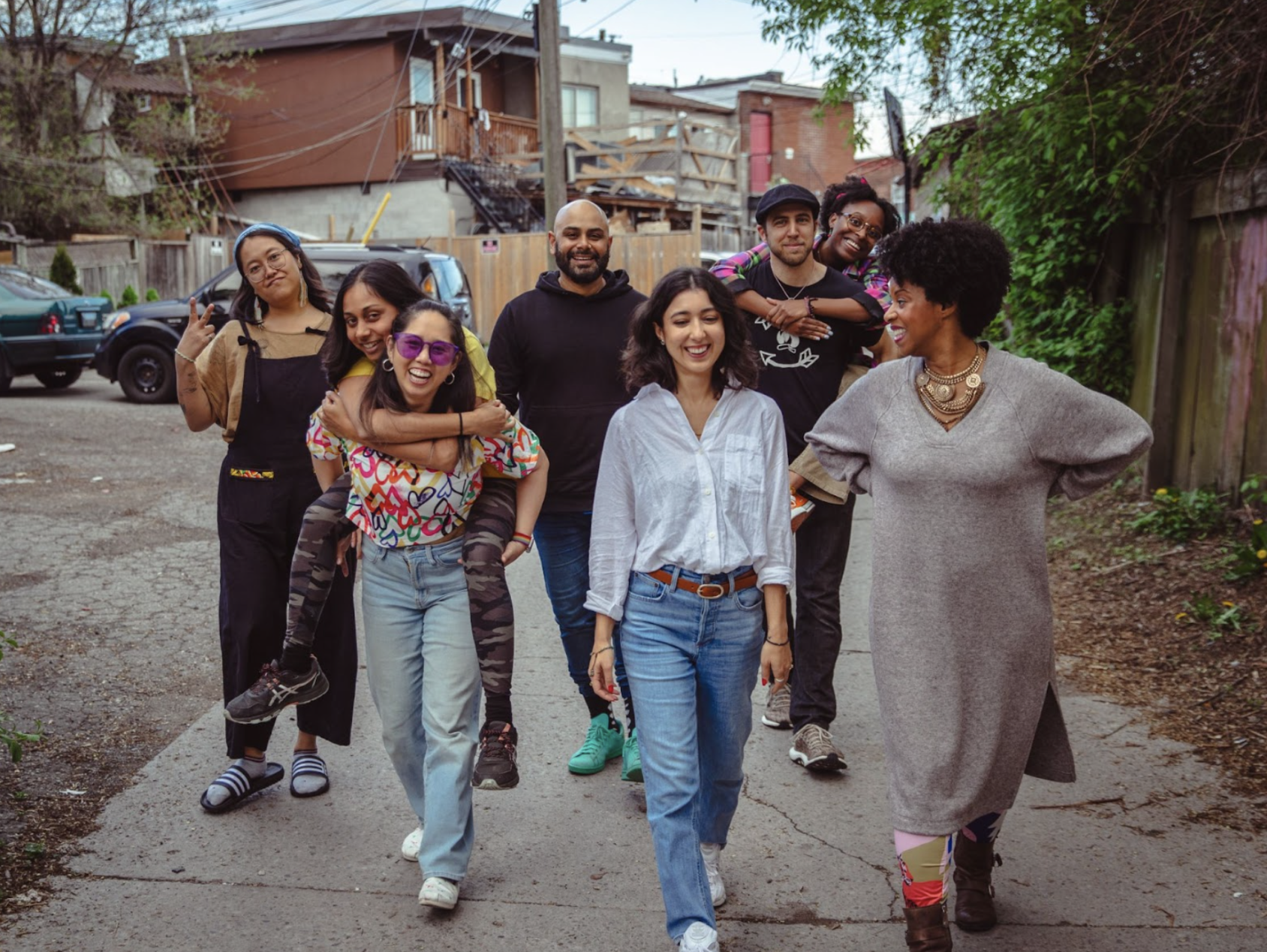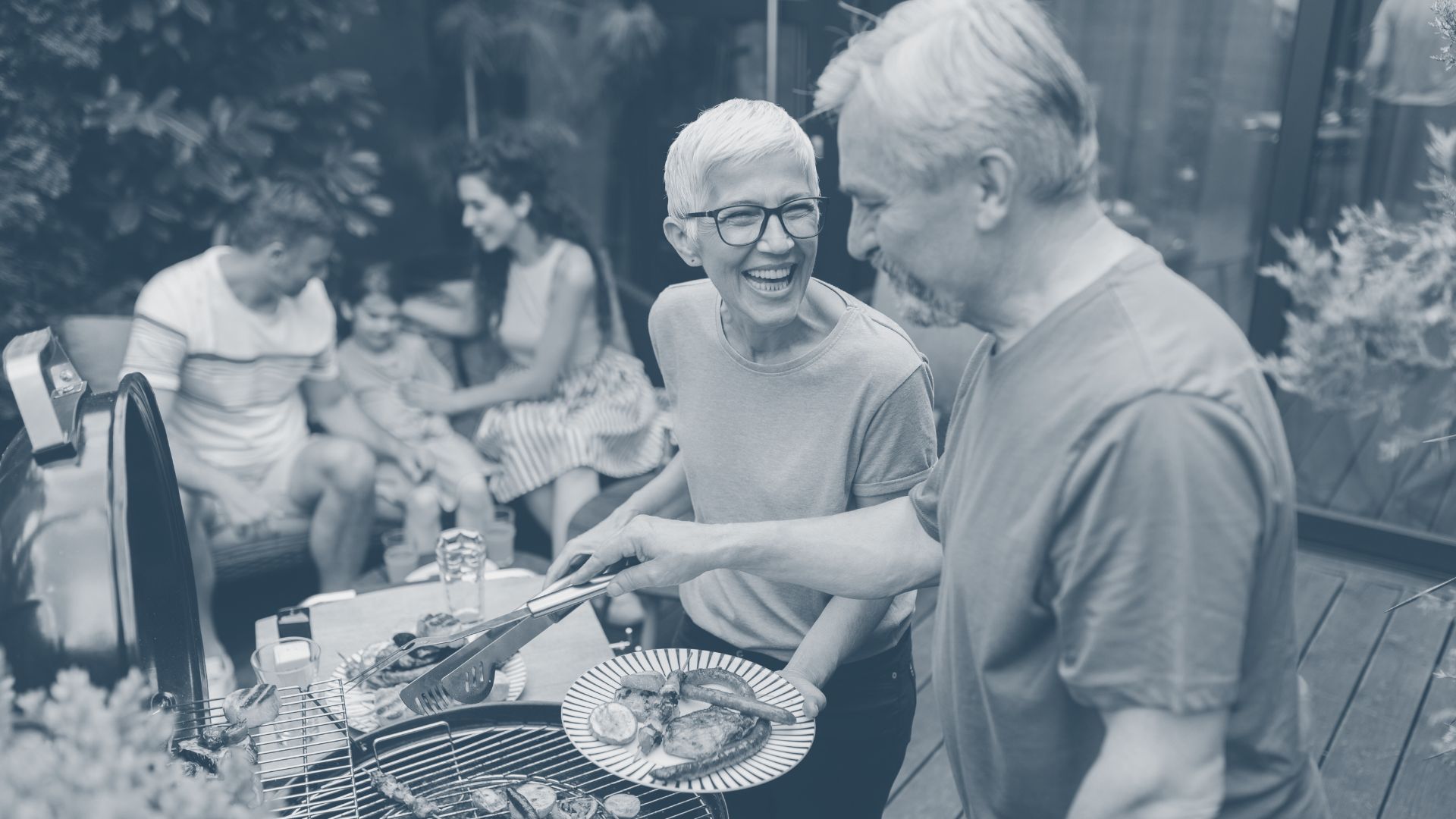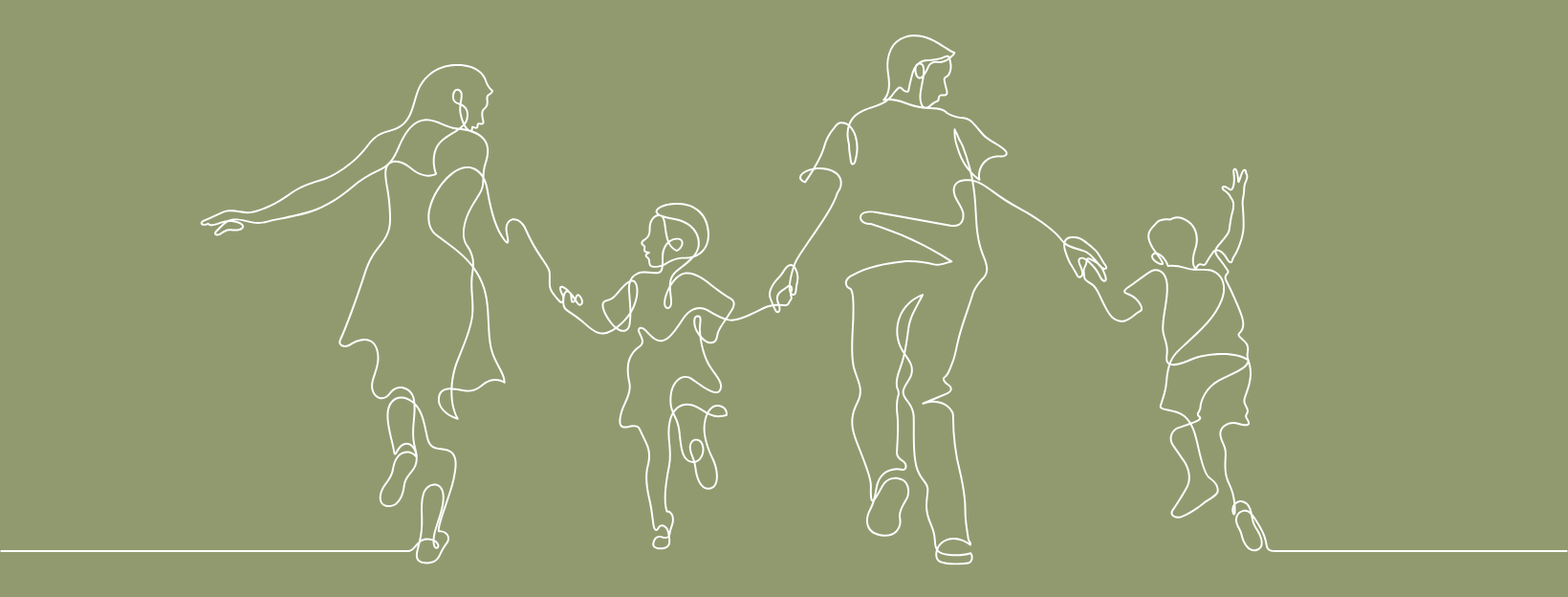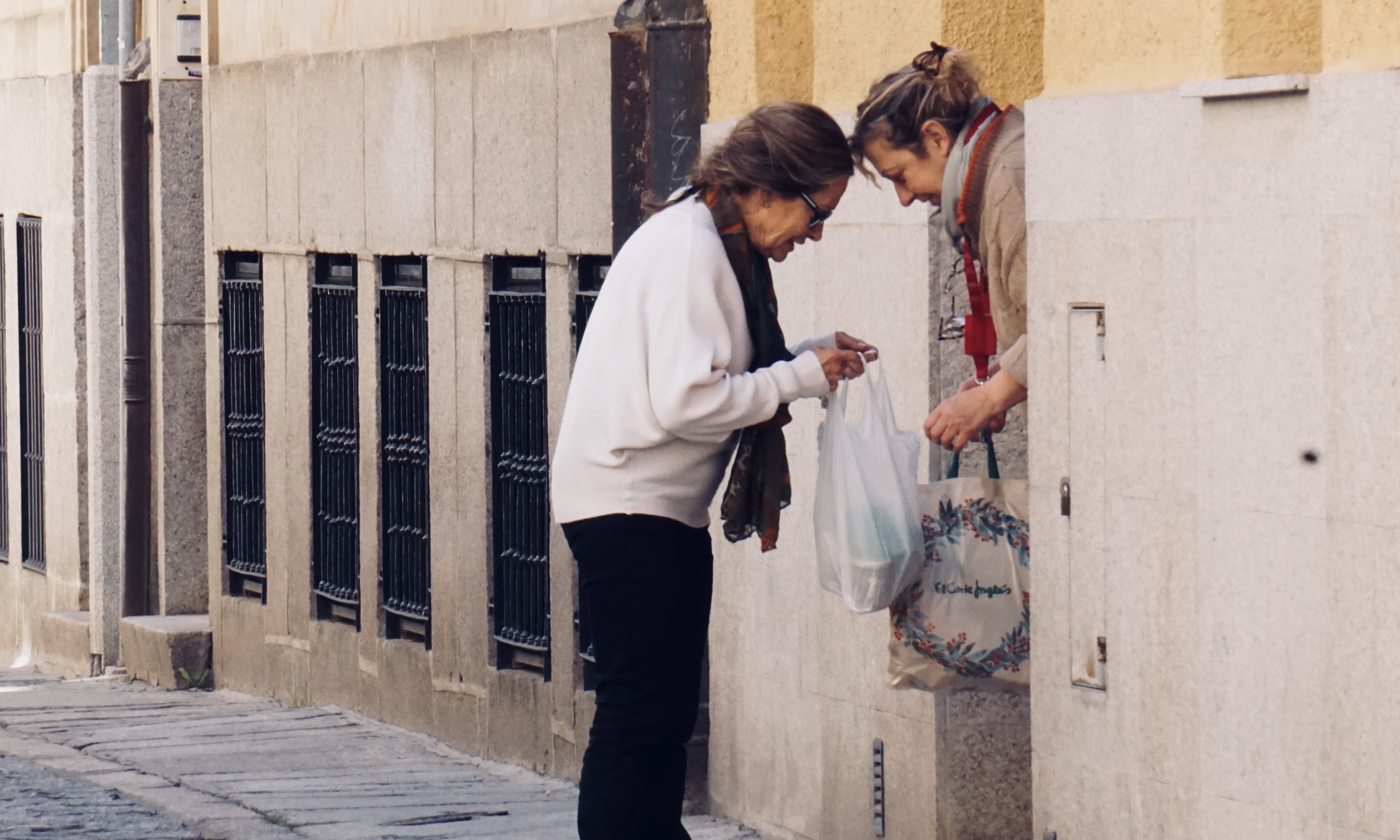Over the past three decades there has been a fundamental shift in informal social ties, tolerance and trust, political and civic engagement in our communities. Evidence shows that our actual experiences of being involved in a community has been steadily declining since the 1960s. This decline is evident if we look at the Canadian voting rates. We have an average of 63% of Canadians voting in the last 4 elections and in Ontario an average of 52%. Why are 40-50% of the population not voting? Is it lack of trust? Do people feel like they cannot make a difference?
Democracy, derived from the Greek words "demos", meaning people, and "kratos" meaning power. So, when you put that together democracy is about the “power of the people”. Power of the people is not about putting a checkmark on a ballot, it's not about finding a service or organization to deal with a problem and it's not about blaming others. It is about people in communities coming together to solve a problem and governing organizations supporting by convening these groups and listening. John Mcknight writes that when governments, or any large institution takes over community functions the power is relocated, and institutions grow stronger as the communities lose power and become more dependent.
In his book, With the People - An introduction to an Idea, David Mathews from the Kettering foundation takes us on a learning journey to understand what has shifted in our view of democracy (trust, confidence, and roles), and how a “with” strategy could be the solution to strengthen democracy.
The book suggests that we need to think of citizens as producers of community and no consumers. The book suggests several ways that governing institutions and citizens can work together:
- Better alignment - Some of the best opportunities for a better alignment occur when citizens and professionals are doing the same thing but doing it differently.
- Working with citizens - A “with” strategy reinforces what our institutions are trying to do but cannot do alone.
- Recognize different ways of working - governing organizations identify the problem using cost benefit analysis, citizens use public deliberation and they both have benefits.
- Seeing Citizens as producers - people who make things to benefit the common good.
Developing a “with” strategy is an important idea for those who are elected officials (mayors, members of parliament), but also school boards and foundations. Changing the way that governing organizations and citizens work together in community is like a three-lane highway. There is a lane for government and institutions, a lane for associations and a lane for citizens. It’s about respecting each other and understanding how to merge into each other’s lanes but knowing when to go back to your own lane.
Check out this webinar discussion about David’s book, featuring John McKnight. They talk about how governing organizations can do “with” not “for”.
Dive Deeper:


